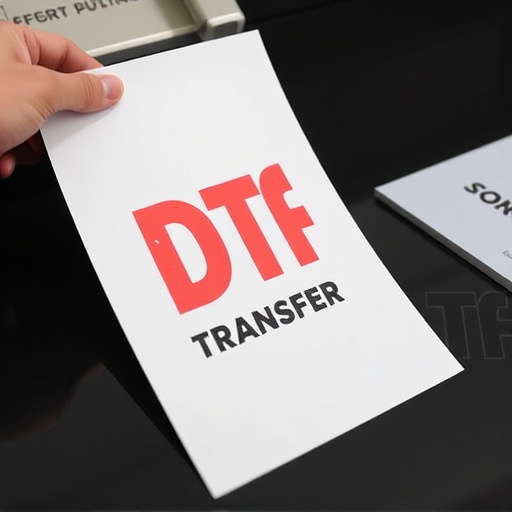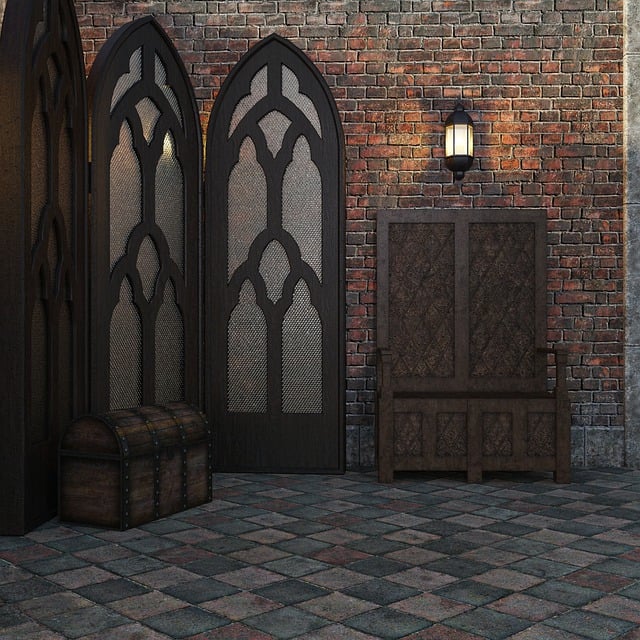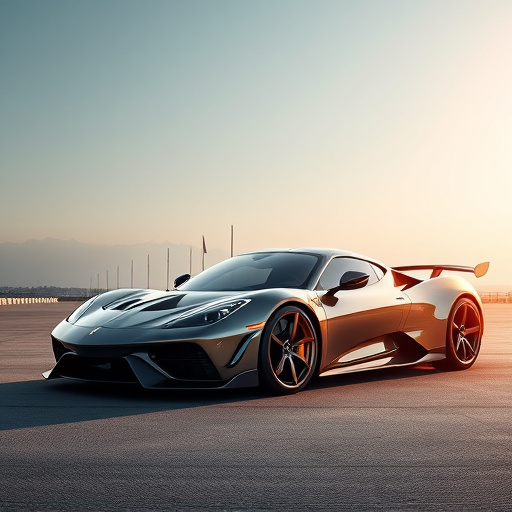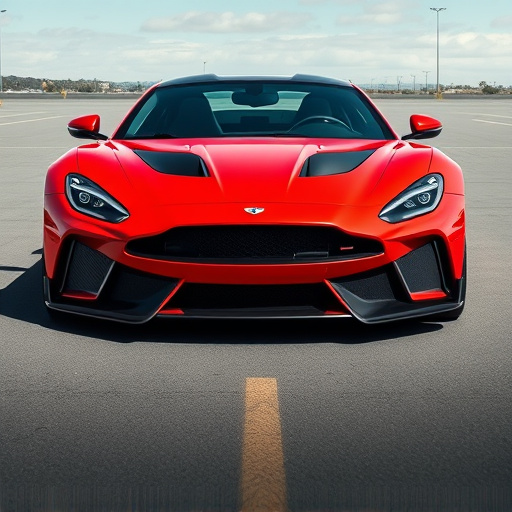Carbon fiber intake systems, a game-changer in lightweight vehicle design, face UV resistance challenges. Prolonged UV exposure can deteriorate these composite materials' strength and stability. To mitigate this, manufacturers employ advanced coatings, adhesives, and strategic designs to protect against color fading and degradation. By integrating these innovative solutions, automotive experts ensure the longevity and structural integrity of carbon fiber intake systems, even under intense solar radiation, while maintaining superior lightweight performance.
In the automotive industry, understanding UV resistance is paramount, especially for components like carbon fiber intake systems. This article delves into the crucial role of UV protection and its impact on performance and longevity. We explore how lightweight design enhances UV resistance and provide effective strategies to achieve long-lasting durability in automotive applications. By focusing on these key aspects, we aim to equip manufacturers with insights to navigate the challenges posed by UV exposure and preserve the integrity of carbon fiber intake systems.
- Understanding UV Resistance and Its Impact on Carbon Fiber Intake Systems
- The Role of Lightweight Design in Enhancing UV Protection
- Exploring Effective Strategies for Long-Lasting UV Resistance in Automotive Applications
Understanding UV Resistance and Its Impact on Carbon Fiber Intake Systems

Carbon fiber intake systems have gained popularity in automotive engineering due to their exceptional strength-to-weight ratio, making them a game-changer for high-performance vehicles. UV resistance is a critical aspect that often gets overlooked but significantly impacts the longevity and reliability of these carbon fiber components.
UV radiation from sunlight can degrade various materials over time, and carbon fiber is no exception. When exposed to intense UV rays, the polymer matrix in carbon fiber composites may undergo structural changes, leading to reduced mechanical properties. This degradation process can result in a weakening of the material’s integrity, affecting the overall performance and durability of carbon fiber intake systems. Understanding this challenge is crucial for manufacturers to develop strategies that enhance UV resistance, ensuring these lightweight components maintain their superior strength and stability even under extreme environmental conditions.
The Role of Lightweight Design in Enhancing UV Protection

The design and materials used in manufacturing play a pivotal role in determining the UV resistance of various products, especially those intended for outdoor use. In recent years, the integration of carbon fiber intake systems has revolutionized lightweight design across numerous industries. This advanced material is renowned for its exceptional strength-to-weight ratio and durability. By adopting carbon fiber, manufacturers can create structures that are lighter yet more robust, which significantly enhances UV protection.
Lightweight designs offer several advantages in terms of UV resistance. Firstly, reduced weight allows for better ventilation, minimizing the risk of heat buildup caused by prolonged sun exposure. Secondly, less material means fewer potential weak points where UV rays could penetrate and weaken structures over time. Carbon fiber’s inherent resistance to corrosion further contributes to maintaining the integrity of these lightweight components, ensuring they can withstand harsh environmental conditions without compromising protection.
Exploring Effective Strategies for Long-Lasting UV Resistance in Automotive Applications

In the automotive industry, ensuring UV resistance is paramount for maintaining vehicle aesthetics and structural integrity. With the increasing use of composite materials like carbon fiber intake systems, it’s crucial to explore effective strategies for enhancing long-lasting UV protection. One key approach involves utilizing specialized coatings and adhesives designed to withstand harsh environmental conditions, including prolonged exposure to ultraviolet (UV) radiation. These advanced protective layers not only safeguard against color fading and material degradation but also preserve the structural integrity of lightweight components, which are increasingly preferred in modern vehicles due to their carbon fiber composition.
Additionally, strategic design considerations play a vital role. Optimizing surface finishes and incorporating reflective or absorbing coatings can significantly reduce UV absorption, thereby minimizing the risk of discoloration and damage. The adoption of these strategies is particularly relevant as vehicles become more lightweight, efficient, and aesthetically sophisticated. By combining innovative materials and thoughtful design, automotive manufacturers can ensure that carbon fiber intake systems and other composite parts maintain their performance and appearance over extended periods, even under intense UV radiation.
Carbon fiber intake systems, renowned for their lightweight design and superior strength, are particularly susceptible to UV damage. Understanding and implementing effective UV resistance strategies is crucial for ensuring these high-performance components maintain their integrity and performance over time. By integrating advanced coatings, strategic material selection, and thoughtful design considerations, automotive manufacturers can achieve long-lasting UV protection, enhancing the lifespan and reliability of carbon fiber intake systems in diverse environments.














